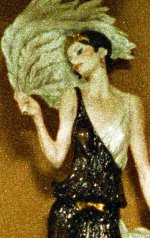awilder
Alan Wilder
Posted here: http://www.photo.net/photodb/photo?photo_id=5729855 are some comparison shots of the two lenses. Film was ISO 100 color neg. Reala for the Nikkor and Kodak Gold 100 for the Summicron. Sorry but these were taken at different dates as I sold the 'cron years ago. The 'cron is the pre-asph (version 4) and the Nikkor is the latest version from the SP 2005. Both have similarilarities in that central resolution wide open is better than stopped down to f/4 but the 'cron starts at a much higher level of resolution. Resolution tests at the right intermediate zone for example, shows greater detail wide open with the 'cron but by f/4 both lenses are close with the 'cron having slightly better contrast. Non-resolution pictures of the figurines show similar performance with both lenses at the same openings for off axis images although corner performance looks better with the 'cron to me.
Last edited:



